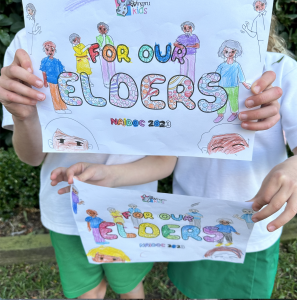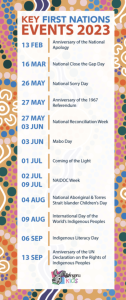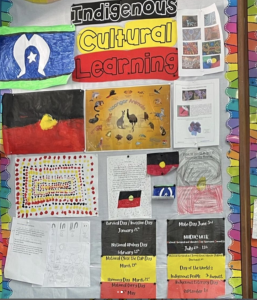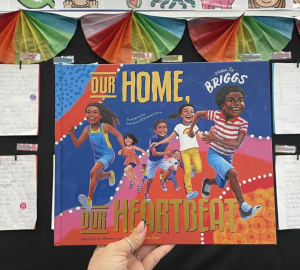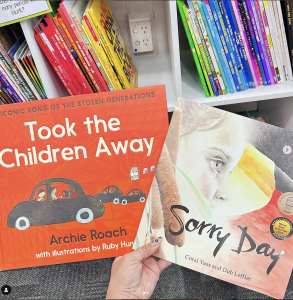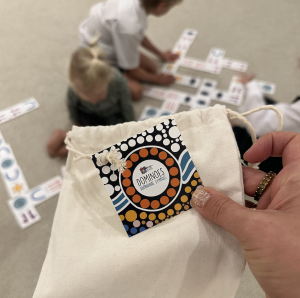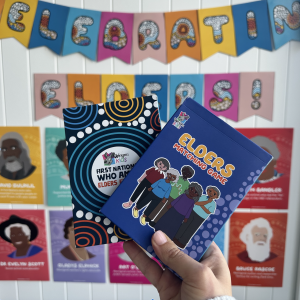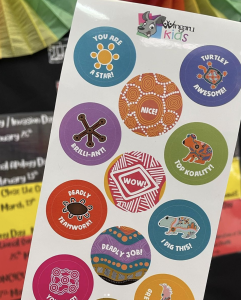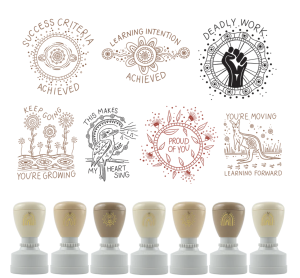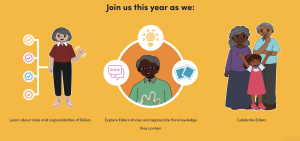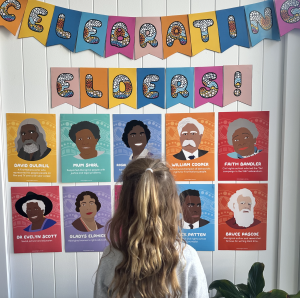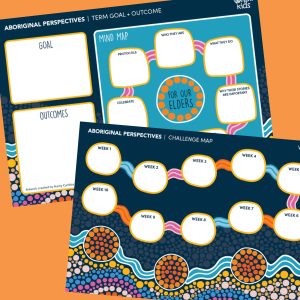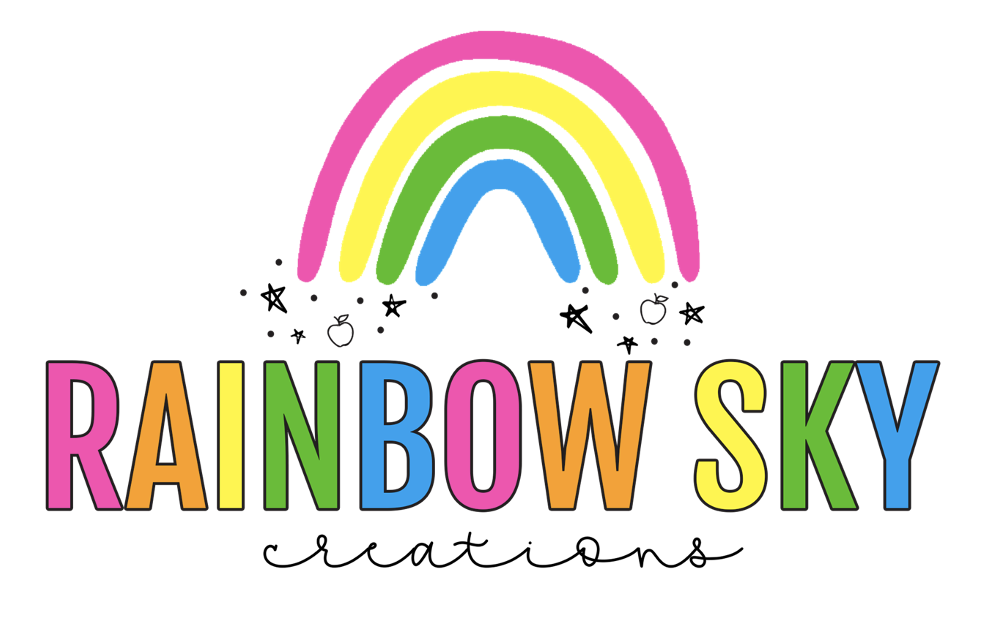We acknowledge the Traditional Custodians of the land on which we work and live, the Dharawal people and the Noongar people. We recognise their continuing connection to land, water and community. We pay respect to Elders past, present and emerging.
Written in collaboration with Erin Fortescue
As teachers in Australia, we know it is important to integrate First Nations content and perspectives in our classrooms. But where to start?
We teamed up with Erin from @miss_broughton on Instagram to bring you six simple strategies to start integrating and celebrating First Nations perspectives in your classroom and school.
As non-Aboriginal teachers we know that Aboriginal perspectives can feel overwhelming but it has gotten easier the more we have listened and learned. Erin and I are committed to not only increasing our knowledge in this space but also to sharing some of our learnings with other teachers.
“Ash and Erin are deadly allies who have earned the trust of a network of First Nations educators” Lesley Woolhouse (Wingaru Education)
Erin’s tips are simple yet powerful. They are a great place to start or continue in your learning to embed Aboriginal and Torres Strait Islander content and perspectives in your classroom.
Tip 1: Staff Awareness
Start to build staff awareness around significant dates. A few years ago, I printed these mini magnets of the Indigenous and Torres Strait Islander flags and started placing them on our term whiteboard in the staffroom. I listed the important events happening on each date every term to allow staff to prepare AND better educate themselves ahead of time.
Dates included:
- Close the Gap Day
- National Sorry Day
- Reconciliation Week
- Mabo Day
- NAIDOC Week
- National Aboriginal and Torres Strait Islander Children’s Day
- Indigenous Literacy Day
- UNDRIP
Information on this board is also transferred into our weekly staff memo, so ALL staff were given a heads-up to prepare resources for each date listed. Teachers
It enabled me to get our staff to start conversations and actively seek answers to each of these dates. It also gave accountability as staff were informed of dates each term and in the weeks leading up, so they were able to plan how to best inform students on Australia’s true history in a more in-depth way.
Tip 2: Significant dates in the classroom
Now we have the staff informed, it is time to make a visual interactive and ever-changing SPACE (not display) around significant dates in your classroom!
This is a permanent space in my classroom as much as a HASS or vocab wall is. It is the backbone and reference where we link all learning completed for each date/subject over the year and is a way to include parents in the discussion (as they would not see our staff whiteboard). It is also an area that became a visual gesture and reminder that my room should be treated as and respected as a culturally safe space.
Supporting students culturally: This space has also become an area that one of my students likes to work near as it represents their culture. Any learning done in their home is brought in and shared with our class – it is a space to talk with others, draw, write and express.
This wall has been a fantastic way to extend connections with my indigenous families as it has always had their input and is another avenue for communication and collaboration.
Tip 3: Read quality First Nations literature
Fill your classroom and school library with ALL the texts supporting Indigenous perspectives @magabalabooks and @rileycallieresources are the perfect place to start when looking to broaden your bookshelf.
Give students the opportunity to be immersed in the language. When looking at your class or school library, ask yourself these reflective questions:
- Do you have books on your shelf that show Aboriginal culture?
- Are they texts that were purchased through First Nations small businesses or businesses that support Indigenous authors and artists?
- Books that represent First Nations perspectives?
- Are they current?
- How about books in language?
- Are the languages local or near to the region you are in?
It is so important to create opportunities where First Nations people are represented in the classroom through text. All classrooms need to ensure their bookshelves reflect diversity. Rich texts and stories can promote culture, language, address Australia’s true history and lend themselves to several curriculum areas.
Some texts I love to expose my students to include:
- Day Break – Amy McQuire
- Our Home, Our Heart Beat – Adam Briggs
- Took the Children Away – Archie Roach
- Sorry Day – Coral Vass and Dub Leffler
- Somebody’s Land, Ceremony and Back On Country – Adam Goodes and David Hardy
- Sharing, Respect and Family – Aunty Fay Muir and Sue Lawson
- Race Cars – Jenny Devenny and Charnale Gordon
Tip 4: Start at the entry
Authentically embedding First Nations perspectives starts as soon as you enter the room! I do this by displaying a banner on my classroom door.
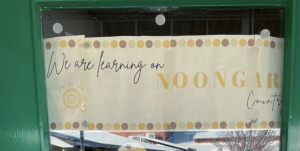
This beautiful banner resource from @themurriteacher allowed me to create a welcoming start from the second students and families walk up to the door that acknowledges the land we are privileged enough to work and learn on.
Jump onto TPT to see her full list of ‘We are learning on _____ Country’ First Nations Australia Banners.
Tip 5: Use resources created by Aboriginal People
There are so many amazing First Nations creators out there that share amazing resources for you to use in your classroom. Ash from @missgibbs, @wingaru_education and @the.remote.teacher.
While we are on the topic of resources, you need these @wingaru_education and @rileycallieresources language-building class games.
By supporting these businesses, you are supporting small, local First Nations businesses whilst improving your students’ understanding and vocabulary around topics such as; Bush foods, weapons and tools, topic cards, symbol cards and inspiring First Nations people. These games are a great inclusion in Literacy or HASS rotations as well as promoting turn-taking and building memory skills if used as fast finishers. Plus: Kids love them, which is a bonus!!
Tip 6: Embed with everyday teaching tools
Use stickers and stamps during everyday teaching that use First Nation designs and showcase First Nation artists.
I love these @wingaru_education stickers! They are the perfect addition to student work completed, certificates and gold slips! They are bright, colourful, tell stories and are a gorgeous way to extend the use of First Nation design in the classroom. @rileycallieresources also has some beautiful Aboriginal stickers packs. These are authentic, created with respect and a non-tokenising way to support small First Nations businesses in and beyond the classroom.
The Teaching Tools has also collaborated with First Nations artist Holly Sanders to create a collection of beautiful teacher stamps. 100% of profits from the sales of selected stamps will be donated directly to Children’s Ground. We love having these in our personal stamp collection.
Where can I go to educate myself more?
Here at Rainbow Sky, we have wanted to do the same thing and educate ourselves better. Sometimes it can feel overwhelming to find exactly what you need to help you as an educator.
We recently took one of Wingaru’s Teacher PD courses to help us develop our understanding. We found the PD to be easy to consume, interesting, relevant and delivered by knowledgeable educators. You could easily complete a course in a few hours, and you even get a certificate at the end if you want to log it as professional development.
Education is key. This is important for us as educators, and for the Aboriginal and non-Aboriginal students sitting in our classrooms. Seeking some extra help is definitely worthwhile if you need more confidence.
Finally, consulting and working with the community is another way to find answers to help you. By inviting local members from the First Nations community to work with you, your staff and students will benefit significantly from learning firsthand.
What is next (aka don’t miss this)?
@wingaru_education runs a challenge annually to help Aussie teachers embed First Nation perspectives in their classrooms. It is always based around the NAIDOC theme, this year being “For Our Elders”.
We would love to invite you to get involved too.
The challenge is for teachers to commit to doing something weekly during Term 3. Wingaru has come up with a great planner, and we will be sharing a range of ideas, resources and practical ways to explore some key themes around Elders. Find more details and your free planner here.
Also follow these Instagram accounts for help:
This blog post was written in collaboration with Erin Fortescue from @miss_broughton on Instagram.
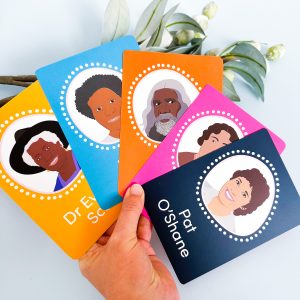
What to read next:
I Want to Embed More First Nations Perspectives, but I Don’t Know How to Start
Getting Started with the Wingaru Challenge (2022)
Effortlessly Embedding First Nations Perspectives in Your Classroom
